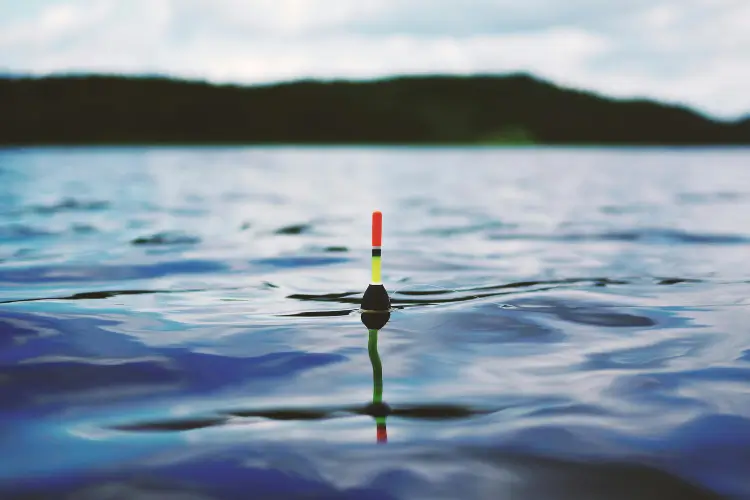Fishing is a dynamic activity that requires continuous adaptation to changing conditions. Each season brings unique challenges and opportunities, affecting fish behavior, habitat, and feeding patterns. Successful anglers know that adjusting techniques and strategies is essential to maintain productivity throughout the year. By understanding seasonal variations and modifying approaches accordingly, fishermen can optimize their chances of landing a big catch. This guide provides valuable tips for adapting your fishing techniques year-round, ensuring you remain effective and enjoy the sport in any season.
Spring: Embrace the Reawakening Waters
As spring breathes new life into the waters, anglers eagerly anticipate the reawakening of fishing opportunities along rivers and streams. If you are in Montana, one such destination that epitomizes the springtime fishing experience is the Gallatin River, renowned for its world-class Gallatin River fly fishing. As temperatures rise and nature awakens from its winter slumber, fish become more active, presenting prime conditions for angling success. Embracing the reawakening waters of spring allows fishermen to adapt their techniques accordingly, whether pursuing trout in swift currents or targeting spawning grounds for seasonal species. By understanding the nuances of spring fishing and leveraging the expertise offered by guides along the Gallatin River, anglers can optimize their strategies for a fruitful and enjoyable fishing season. As nature blooms anew, so too does the allure of springtime fishing, beckoning enthusiasts to embrace the vibrant waters and bountiful opportunities that this season brings.
Summer: Adapt to Warm Water and High Activity
Summer fishing requires adapting to warmer water temperatures and increased fish activity. During the heat of the day, fish often seek cooler, deeper waters or areas with shade and cover. Techniques such as deep water trolling, using thermoclines, and fishing during cooler parts of the day can be highly effective. Surface lures and topwater baits work well during early mornings and late evenings when fish come closer to the surface. Also, paying attention to dissolved oxygen levels can help locate active fish, as they often congregate in well-oxygenated waters.
Fall: Capitalize on Pre-Winter Feeding Frenzy
In fall, fish prepare for the coming winter by feeding aggressively to build energy reserves. This season often sees a resurgence in fish activity, making it an excellent time for anglers. Larger baits and lures can be particularly effective as fish are more inclined to strike substantial prey. Focus on areas where fish are likely to be feeding heavily, such as drop-offs, points, and weed edges. Additionally, adjusting your retrieval speed and experimenting with different depths can help in locating and enticing fish during this transition period.
Winter: Overcome the Challenges of Cold Water
Winter fishing presents unique challenges due to cold water temperatures and reduced fish metabolism. Fish tend to be less active and move to deeper, more stable environments. Slowing down your presentation and using smaller, more subtle baits can increase your chances of success. Ice fishing, where applicable, requires specialized gear and techniques, such as using jigging spoons or live bait to attract fish. Persistence and patience are key, as fish bites can be slow and infrequent during the colder months.
Adjusting to Weather Patterns
Weather plays a significant role in fishing success, and being adaptable to changing conditions can make a big difference. Overcast days can extend feeding periods, making fish more active throughout the day. Conversely, bright sunny days might push fish into deeper or shaded areas. Wind can also impact fishing by stirring up the water and concentrating baitfish, thereby attracting larger predators. Monitoring weather forecasts and adjusting your plans accordingly ensures you’re fishing in optimal conditions for each season.
Understanding Fish Behavior and Movements
Understanding fish behavior and movements is crucial for adapting your techniques year-round. Seasonal migrations, spawning cycles, and feeding habits vary among different species and locations. Educating yourself on these patterns allows you to predict where and when fish are likely to be most active. Utilizing fish finders and GPS can aid in tracking fish movements and identifying productive spots. Combining this knowledge with real-time observations enhances your ability to adjust techniques effectively.
Utilizing Seasonal Baits and Lures
Different seasons call for different baits and lures to match the prevailing conditions and fish preferences. In spring, using live bait such as worms or minnows can attract post-spawn fish. Summer can call for more artificial lures that mimic baitfish or insects. Fall is a great time for using larger, more aggressive lures to trigger feeding instincts. Winter often requires downsizing your baits and focusing on subtle presentations. Keeping a versatile tackle box with a range of seasonal options ensures you’re always prepared.
Maximizing Success Through Trial and Error
Fishing is as much an art as it is a science, and success often comes through trial and error. Keeping a fishing journal to record conditions, techniques, and outcomes can provide valuable insights over time. Experimenting with different strategies, even within the same season, helps refine your approach and adapt to subtle changes. Networking with other anglers and participating in local fishing forums can also provide new ideas and proven techniques. Staying open-minded and willing to learn is key to continuous improvement.
Conclusion
Adapting your fishing techniques year-round is essential for maintaining success and enjoyment in the sport. Each season brings its own set of challenges and opportunities, requiring a flexible and informed approach. By understanding seasonal fish behavior, utilizing appropriate baits and lures, and being mindful of weather patterns, anglers can optimize their strategies. Combining knowledge with practical experience and a willingness to experiment leads to greater success. Embracing these tips ensures you’re always ready to tackle the changing conditions and make the most of your fishing adventures.




